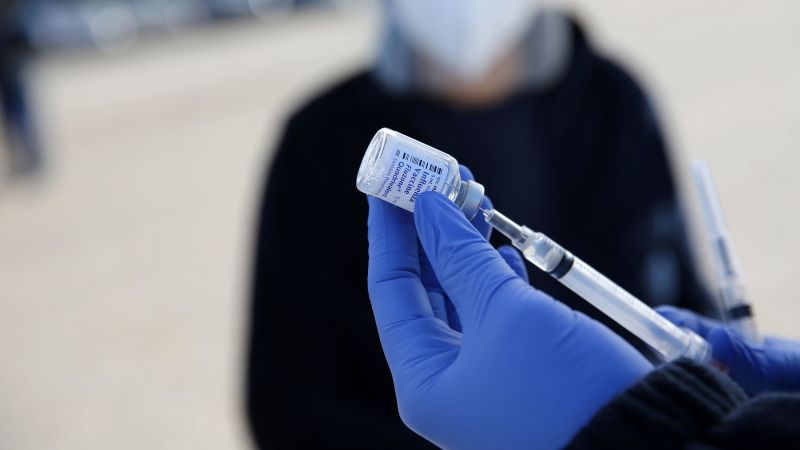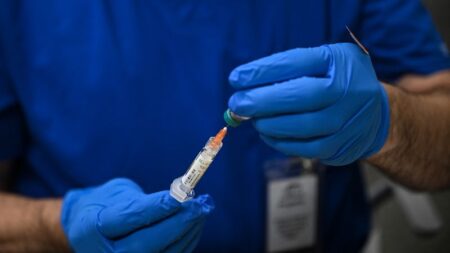The historical narrative surrounding vaccines, particularly in relation to thimerosal, provides insight into the prevailing public health concerns and the evolution of vaccine safety practices. Over a century ago, critical issues such as bacterial contamination were paramount. Notably, in 1916, four children in South Carolina succumbed to typhoid due to a contaminated vaccine. Such incidents highlighted the potential dangers of immunizations, prompting a quest for safer preservative methods. By the 1930s, vaccine manufacturers began utilizing thimerosal to combat microbial contamination, which led to an extended period without significant adverse reports concerning the preservative. The U.S. Food and Drug Administration (FDA) indicated that side effects were primarily localized and minor.
The situation shifted dramatically in 1999 when U.S. health officials urged pharmaceutical companies to phase out thimerosal from vaccines, despite a lack of evidence indicating it caused harm at the used concentrations. Thimerosal contains a derivative of mercury, and by then, growing public concern had emerged regarding its safety, especially regarding potential neurotoxic effects in children receiving vaccinations. In the aftermath, manufacturers succeeded in removing thimerosal from most vaccines, retaining it only in specific instances, such as multidose vials of flu vaccine. Subsequent studies conducted in the years that followed largely dispelled fears linking thimerosal to neurodevelopmental issues, including autism.
This led to a perplexing scenario for public health experts when thimerosal was unexpectedly included as a discussion point for a recent meeting among vaccine advisers to the U.S. Centers for Disease Control and Prevention (CDC). Dr. Sean O’Leary, a pediatrician, noted the limited use of multidose flu vaccines within pediatric practices, further questioning the relevance of reviving debate on a topic largely considered settled by the scientific community.
In light of recent changes in CDC advisory committee membership, the agenda for the meeting raised eyebrows. Following a shake-up by Secretary of Health and Human Services, Robert F. Kennedy Jr., who dismissed prior committee members citing conflicts of interest, new advisers were appointed, sparking concerns about their expertise and motivations. One committee member withdrew during financial scrutiny, leaving seven members to engage in the discussion.
A scheduled presentation regarding thimerosal, along with proposed recommendations targeting its use in flu vaccines, was set to occur. The deliberations could have impactful ramifications for CDC policy or be influenced directly by Kennedy’s perspectives. The inclusion of thimerosal led to worries among vaccine specialists, as they feared that the matter would serve as a conduit for sowing public doubt regarding vaccine safety, especially given that Kennedy had previously led an anti-vaccine organization.
The genesis of the controversy surrounding thimerosal can be traced back to 1997 when Rep. Frank Pallone sought to illuminate mercury levels in pharmaceuticals. Investigations initiated post-legislation uncovered thimerosal exposure levels in infants that raised alarm bells among health officials. While these levels compared unfavorably to well-established safety guidelines for methylmercury, a different form of mercury, ethylmercury found in thimerosal was metabolized differently and considered less harmful.
Despite the lack of evidence for adverse effects attributed to thimerosal, the response to its discovery was rapid. Public health officials sought to enhance vaccine safety perceptions by removing it from typical childhood immunizations. The decision to phase out thimerosal became explosive, especially since a British doctor, Andrew Wakefield, had implicated vaccines in autism—a claim that has long since been discredited but nevertheless left a lasting impression.
As parents of autistic children began to scrutinize their children’s immunization schedules, figures such as Lyn Redwood emerged, advocating against thimerosal. Their fears were compounded due to a lack of credible information following its initial discovery, despite extensive research ultimately disproving claims linking thimerosal to autism. Study after study, including assessments from the Institute of Medicine, mustered overwhelming evidence against any causal relationship.
The negative fallout of the thimerosal phobia was significant, impacting vaccination rates and leading to avoidable deaths from vaccine-preventable diseases. Reflecting on the situation, Dr. Orenstein articulated the difficult balance public health agencies must maintain between vacating potentially harmful substances and ensuring that vaccine uptake remains robust—the stakes for child health are too high.
In summary, the thimerosal narrative has traversed a complex path from public concern over bacterial contamination to the unwarranted association with autism amidst ongoing debates about vaccine safety. While scientific evidence continues to support the safety of vaccines, the scars from public discourse and misinformation remain, challenging the landscape of immunization advocacy. The impact of this discourse is felt not only in CDC policies but also in broader health responses, which must contend with fears rooted more in misunderstanding than in science.












